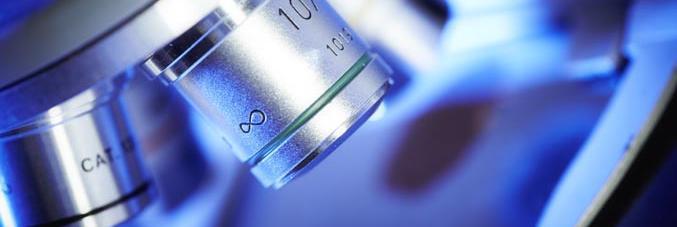
The Esrrb gene guides pluripotent stem cells through the initial phase of differentiation
03.05.2023
A team of researchers, led by Graziano Martello of the University of Padua, demonstrates the critical role that the Esrrb gene plays in the differentiation of stem cells. In collaboration with the Telethon Institute of Genetics and Medicine (TIGEM-Pozzuoli) and the European Molecular Biology Laboratory (EMBL-Rome), the work entitled Esrrb studio guides naïve pluripotent cells through the formative transcriptional program published in the prestigious scientific journal Nature Cell Biology and funded by the Giovanni Armenise Harvard Foundation and Telethon Foundation.
Capable of creating any cell or tissue, pluripotent stem cells are widely used in laboratories dealing with regenerative medicine. Pluripotent stem cells are much like those formed during embryonic development and can give life to heart, intestine, or brain cells.
For some years now, scientists have hypothesized that a specific mechanism guides the differentiation of pluripotent cells but until now, none had confirmed or found such a gene.
As part of the Armenise-Harvard Pluripotent Stem Cell Laboratory at the University of Padua and first author of the work, Elena Carbognin explains,
“We began by questioning what happens during the initial phase of differentiation. Eager to understand how stem cells prepare for differentiation, we witnessed that changes took place every other day. This means that in two day, a change occurs that gives the cell the ability to differentiate, and as the metabolism changes, the organization of the DNA changes. However, what could control this change? Thus, we identified that the Esrrb genes guides pluripotent cells through the initial phases of differentiation. In fact, when we remove this gene, pluripotent stem cells differentiate out of control."
Pluripotent stem cells can give rise to any type of cell, including sperm and oocytes (a female germ cell) that are involved during reproduction and give rise to a new organism following fertilization.
"We observed that in the absence of Esrrb it is no longer possible to obtain germ cells," says Jamie Hackett, a scientist at EMBL in Rome and co-authored of the study.
Graziano Martello, from the Department of Biology of theUniversity of Padua and group leader of the Armenise-Harvard Pluripotent Stem Cell Laboratory
"For researchers, this discovery is like a safe driving course that can identify how and what makes the car steer to the right or left. Knowing that a specific gene can drive such a course is quite exciting, and now we know how the fundamental step in cellular differentiation works. The prospects of this knowledge for research, not only basic but also clinical, is like shedding a new light."



